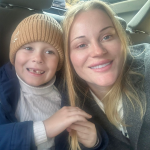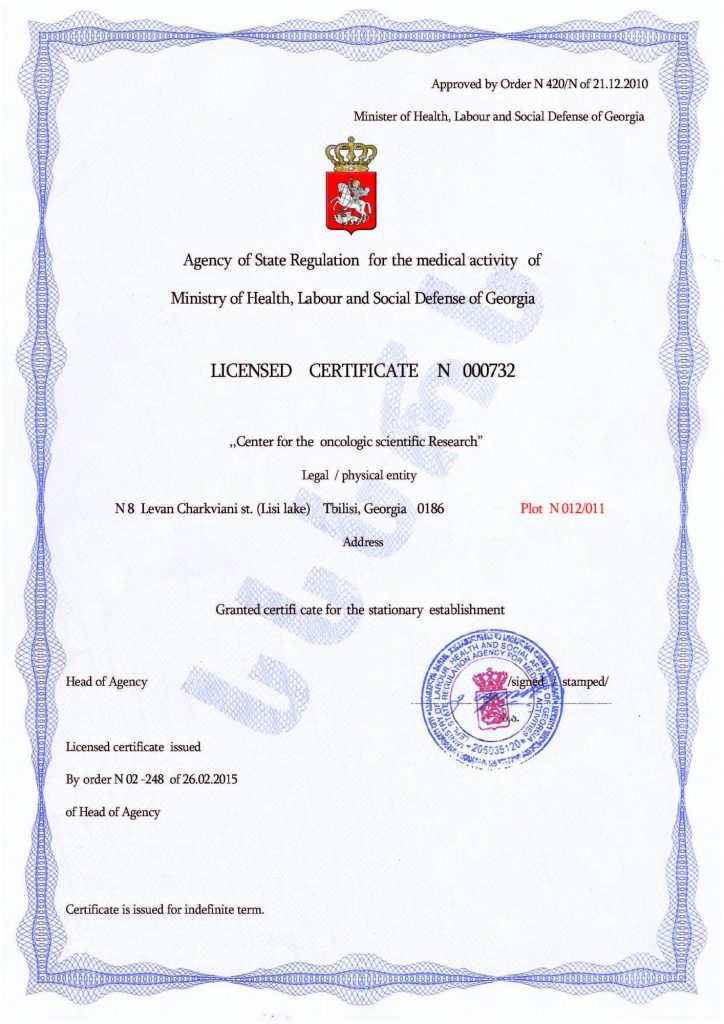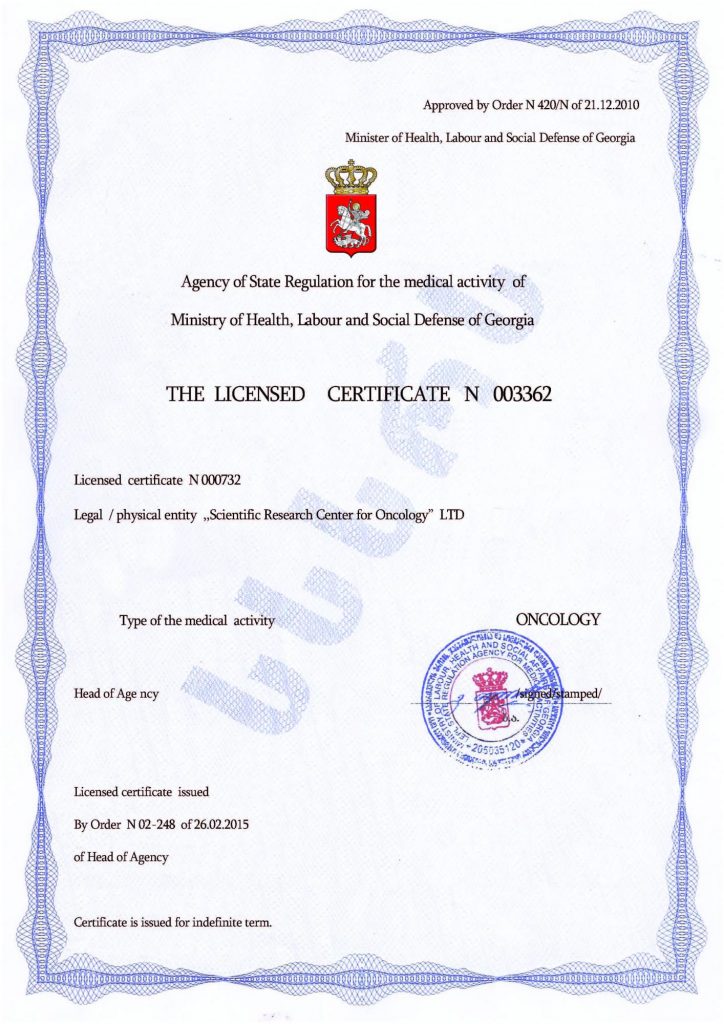Impaired Sensory Information Processing in Autism
Impaired sensory information processing in autism is one of the key aspects of the disorder that significantly impacts the everyday life of an autistic person. Sensory sensitivity and perception of the environment can be disrupted, manifesting in various forms and degrees of intensity. What types of sensory disorders exist, and how can we help a child?
Features of Sensory Information Processing in Autism in Children
Sensory sensitivity is polar – it can be heightened (most often) or, conversely, reduced to stimuli.
Hypersensitivity:
Autistic children experience excessive sensitivity to light, sounds, smells, textures, and tastes. For example:
• Bright light can cause discomfort, sometimes leading to painful sensations;
• Noises (e.g., loud music, noise from public transport) can be so intense that they become almost unbearable.
Hyposensitivity:
At the same time, some children with autism may have a reduced perception of sensory stimuli, leading to insufficient responses to them. For example:
• Insufficient sensitivity to pain.
• Low response to external signals, such as loud sounds or hot temperatures.
Attachment to Repetitive Sensory Stimuli:
Children with autism may seek or avoid certain sensory experiences. This can manifest, for example, in repeating actions, such as rocking, spinning objects, or focusing on certain sounds or textures.
Problems Provoked by Sensory Sensitivity
Sensory disturbances can significantly affect behavior and the ability to interact with the surrounding world:
Adaptation Problems. People with autism may have difficulty adapting to new or changing conditions due to sensory overload.
Behavioral Reactions. Avoidance of certain sensory stimuli or seeking preferred stimuli can lead to aggressive or defensive reactions if the person feels overwhelmed or vulnerable.
Social Difficulties. Impaired sensory processing can make it difficult to understand nonverbal cues (such as facial expressions or gestures), which also affects social interactions and communication.
Stem Cell Transplantation – The First Step in Treating Sensory Hypersensitivity
Several types of therapy are successfully used to address sensory problems in autistic children. These include sensory integration, which helps the child adapt to their condition, and behavioral therapy, which teaches them to control their state and respond effectively to stimuli. Any of these methods are only successful with long-term systematic work with an autistic child.
To increase the effectiveness of any therapy, radical correction methods for autism are employed. Stem cell transplantation has proven its effectiveness in correcting sensory disorders, restoring speech, and improving cognitive function in autistic children. The Mardaleishvili Medical Center has been performing stem cell transplant surgeries since 2017. Thousands of parents of autistic children from around the world have noted significant progress and improved quality of life for the entire family.
We look forward to seeing you at our clinic!
Autism Treatment Center Videos
Autism treatment with own stem cells
Cord blood association congress
International Quality Crown
Autism Treatment Reviews
Autism treatment with own stem cells
The story of Alessandro (6 years old)
Autism Patient Testimonial - Stem Cell Treatment
Clients Testimonials

Review by Anastasia, mother of Yusup (8 years old) Read More

Feedback from Nathalie, mother of Andre (9 years old) Read More

Feedback from Yulia, mother of Emily (7 years old) Read More

Feedback by Everita, Katrina’s mother (5 years old) Read More

Feedback from Igor, David’s father (12 years old) Read More












